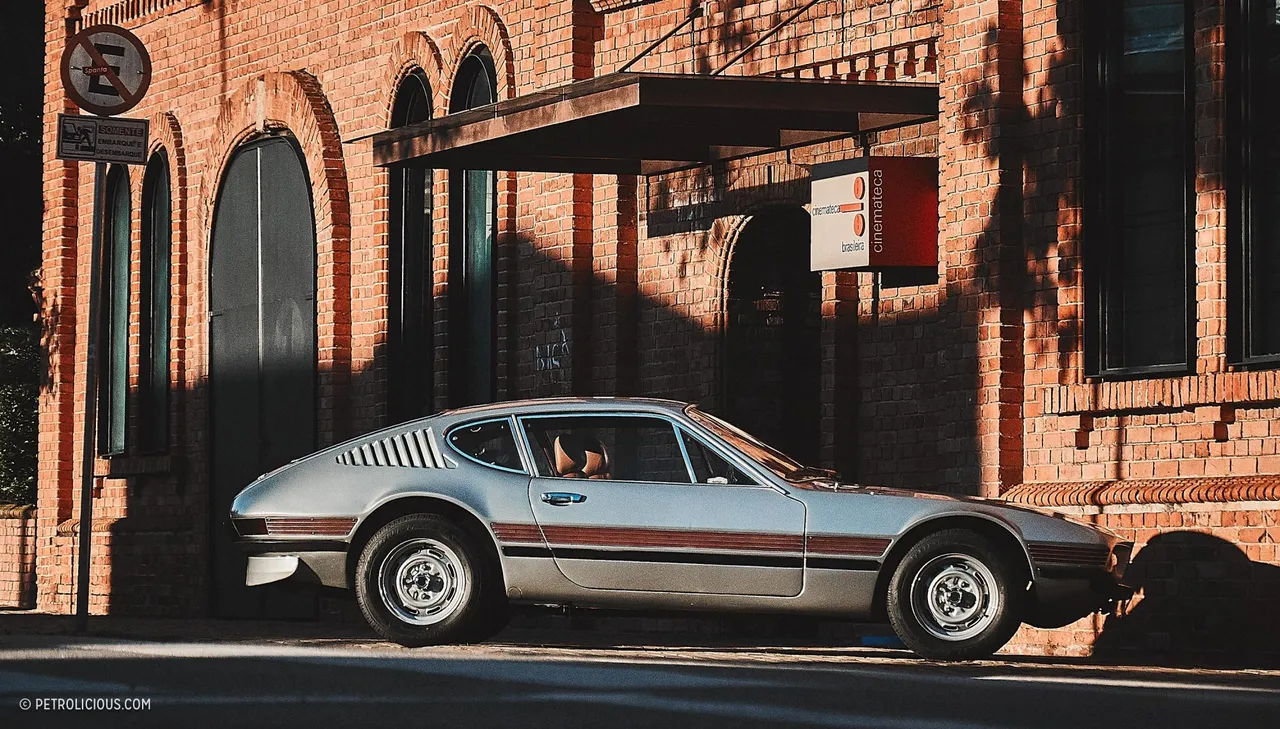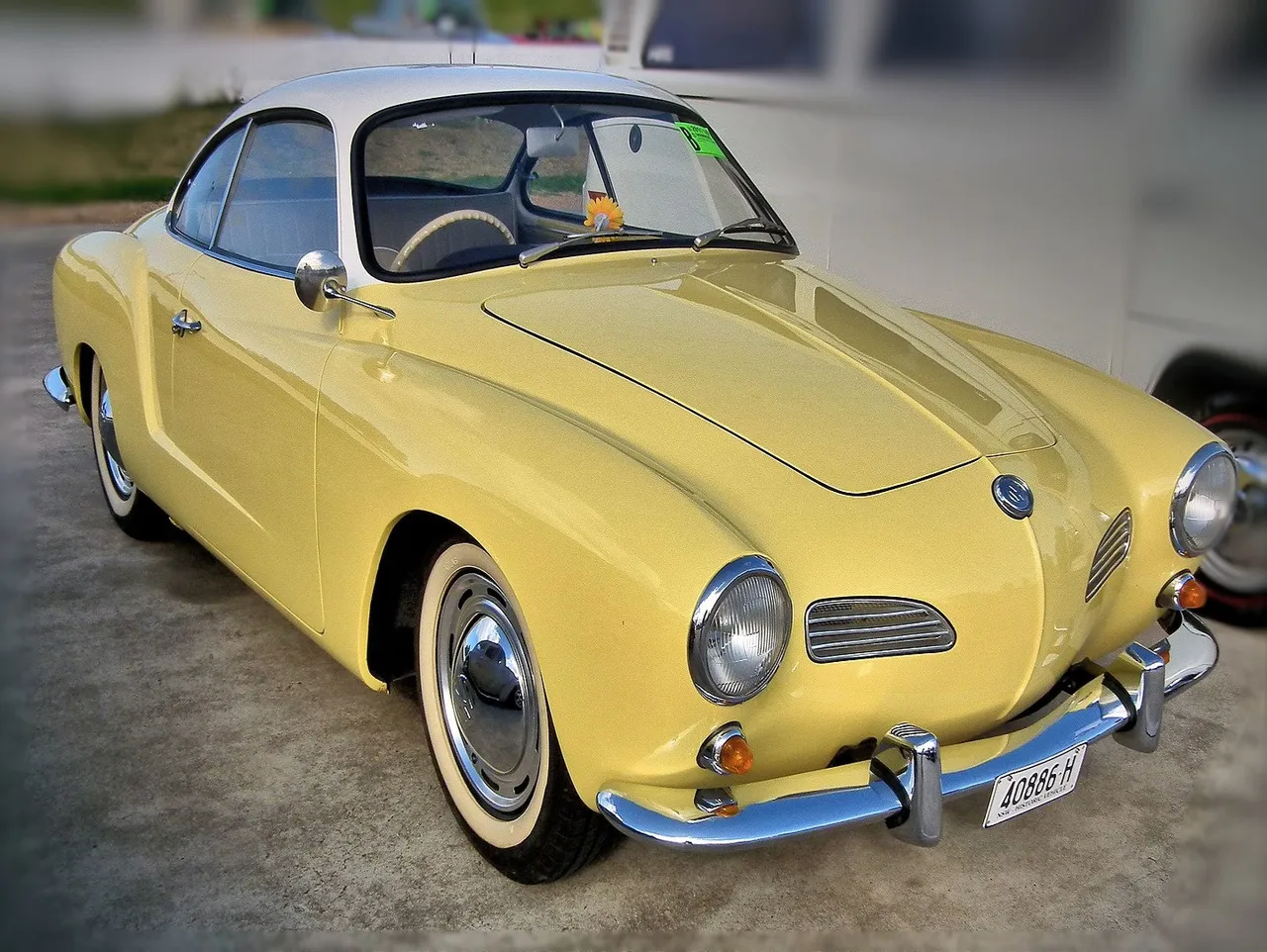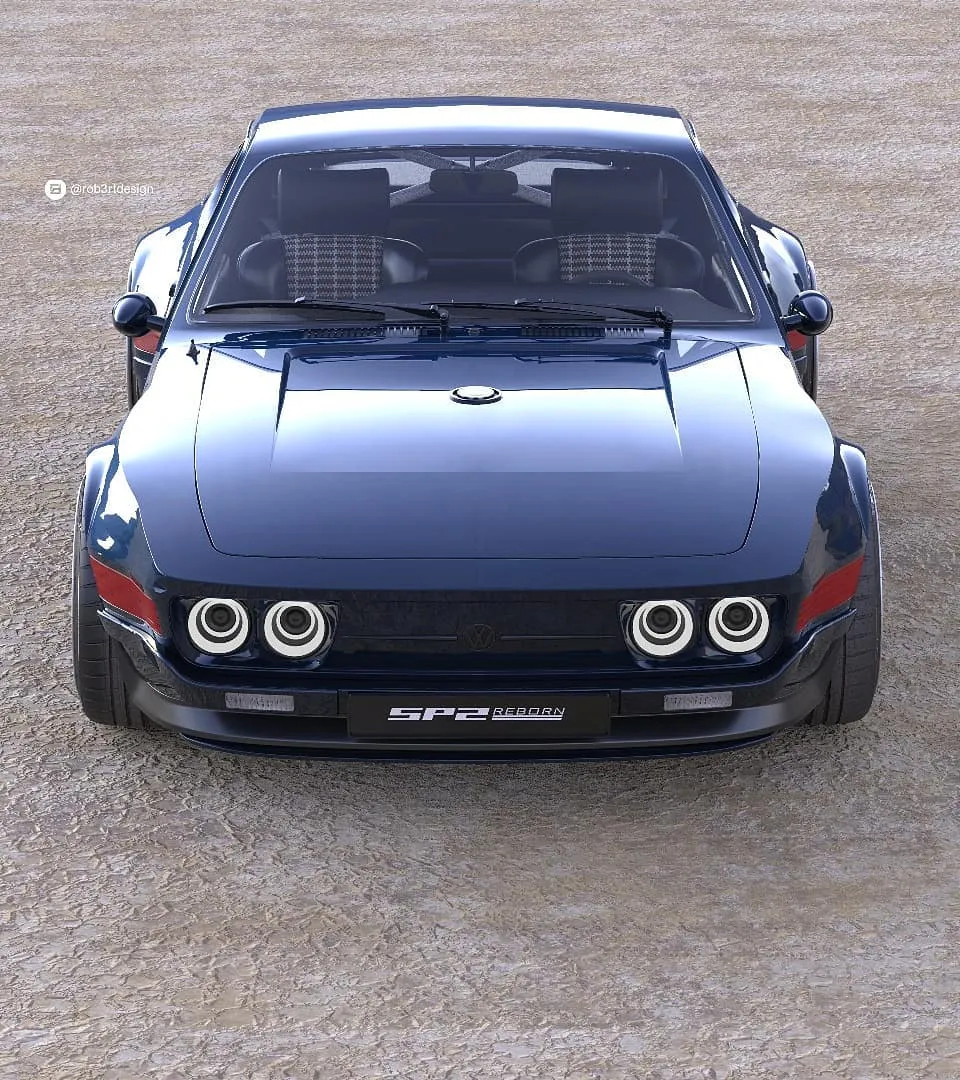It is the 1970s, and the whole world is aflame with change; a turning point not seen in decades. The Cold War rages between East and West, as Vietnam continues to be a bloody battleground for ideological warfare. Women's rights, environmentalism, and social progression took centre stage, as it rapidly changed how systemic order worked, now putting awareness and accountability onto the forefront. Elsewhere, the Middle East returns to destructive ruination with coups and revolutions.
Stephen Hawking proposes new theories on the innerworkings of our universe and the physics that hold it together, while the Voyager probes pushes the threshold of space that was previously unknown to mankind. Mullets and moustaches are in fashion, as the Beatles continue to dominate the charts. It was a different world back then, and so too were the cars. Emissions and safety regulations were lax at best, and it thus gave carmakers every excuse to push the boundaries of automotive craft.

Credits to: Petrolicious - Volkswagen SP2
Back then, the decaying ruins of dinosaurs were prospected and drilled by the buckets, allowing fuel to be pumped for cheap. That gave everyone the thirst for speed, and a bit of spunk in their cars - with the 1970s automotive industry awash with sporting creations from the largest conglomerates, to the smallest of boutique carmakers. Then, the 1979 Oil Crisis came, and suddenly excess performance became a luxury that few could afford, as it drove others to financial ruination.
The Crisis made quick work at changing the landscape for how we move around, as more fuel-efficient and economical cars were preferred. It marked the beginning of the end of domination by America's largest automakers, as their hunger for large engines became too intoxicating. 5-, 6-, and 7-litre engines started disappearing, and only the plucky ones survived. Among those is a Brazilian sports car that you never knew existed, and it could've survived the Crisis had it been given the chance. As Detroit's engines fell silent, one little motor kept going.
Bom Dia!



Credits to: Petrolicious - Volkswagen SP2 | Mind the curves.
This is the Volkswagen SP2 - Brazil's blue-collar worker's sports car, made in the same veins as the Mustang did further North, but much more modest in keeping with a developing nation. While it may have a Volkswagen badge on it, the car was wholly made for the Brazilian market, and with a wide degree of autonomy from the Germans in suits at Wolfsburg. The car was built from the ground-up at VW's subsidiary there, where they have since churned out 20 million cars alone - more than a lot of other carmakers have created in their lifetimes.
Following Brazil's growing economy, they needed something to reflect its newfound optimism, and it felt right to have another model to supplement other cars like the Type 1 Beetle, Type 2 Bus, and the sultry Karmann Ghia. This is not to mention the fact that Brazil was mostly closed-off to imported cars. The foundations of "Project X" was a very humble, and innocent-looking Variant 3, another compact VW to ferry the masses to and from places.




Credits to: Beetle, Bus, Variant 3, and Karmann Ghia | Some of the other VWs in Brazil at the time.
The goal was simple - to create an affordable, sporty, handsome, and semi-luxurious car to replace the now-aging Ghia. With support from VW Brasilia, and penned by Marcio Piancastelli, the end result was dropped jaws across Brazil and onto the Amazon, as rarely before had it ever seen something as beautiful on four-wheels. Around the rest of the sleepy world, we clamoured onto hopes and jealousy that some day, we'll get an SP2, too!
It's easy to see why, just as soon as you lay your eyes on it. Don't tell her, but although she's reaching her mid-life crisis, few traits have aged this 50-year old cougar. The exterior design is akin to a car borne in science-fiction, and in fact, find an SP2 in a shiny shade of silver, and it may as well have been a spaceship. Every detail is simple, yet presented in a way that's very pleasing to the human eye, and soul.




Credits to: Petrolicious - Volkswagen SP2 | The devil's in the details.
The front has a step-nose similar to Alfa Romeos of the period, as the fascia rises gradually, before sharpening at the top like a snarling dog, ready to pounce. Flanked by twin-headlights on either side, one trademark feature of the SP2 - as with other Volkswagens then - was the lack of a front-grille. While it may have a bonnet long enough to comfortably fit a V8 engine, the SP2 has its motor sitting far in the rear, hiding underneath the luggage compartment. More on that later, one visual cue from the exterior are those fins and venting along the rear-pillars to draw in cooling air.
The 'fastback' styling is gorgeous to behold, swooping down in the rear, marking a literally sharp contrast from its edgy front-end. The SP2 presents an equal amount of pleasure as you're sitting in it, as its luxurious interior was chic and well-appointed relative to other Volkswagens, even compared to the Ghia. It's lined with fine leather to caress your body, as you start sinking into the plush seats. There are the typical plasticky bits, though some nice wood can be found on the gear-knob, handbrake, and levers which presumably adjust the seats. Truly, just looking at that tan-leather interior is enough to give me wood.
The Angel's Curse.





Credits to: Petrolicious - Volkswagen SP2 | For a Volkswagen, it's a sumptuous interior to be in.
Alas, nothing in our mortal world can ever be perfect, and the SP2 had flaws that prevented it from reaching the greatness we so wished it deserved. It might look like a sports car to chew through the miles, but it'll speed off the line no faster than a regular Beetle would. There's a reason why we're discussing about the SP2, and not its predecessor. The SP1 was similar in every way, but after only making 88 cars, it was canned due to its poor performance. Using Volkswagen's venerable flat-4 air-cooled Boxer engine, it had just 1,600cc (1.6-litre) to its name and with only 65-horsepower, it was far too slow as a benchmark.
With that in mind, their engineers now turn to the SP2. With that same engine inside a Beetle or Combi Campervan, it has been tuned to output 1,700cc (1.7-litre) with a whopping 75hp. This made it enough to sprint from 0-60mph in a relaxing 16 seconds, and topping out at just 100mph (160km/h). An improvement at least, but it's by far not enough. It's initials - S and P - came from the city where it was born, Sao Paolo. Nevertheless, people were quick to call it the "Sem Potência" which is Portuguese for "without power".


Credits to: Petrolicious - Volkswagen SP2 | The miniscule engine that hides under your luggage.
Harsh, but arguably well-deserved. It was a sales disaster, selling only 11,000 SP2s in total, where less than 700 made it overseas back then. Just for context, over 445,000 Karmann Ghias were sold. Another contributor to its failure were competing sports cars made in Brazil at the time, such as those from Puma. Although they shared the same air-cooled engine, the Pumas had their bodywork made from the much lighter fiberglass. This meant that its lightweight nature allowed the driver to have a sportier and exciting driving experience in a Puma, compared to the lethargic SP2.
Yet, if I was ever given the choice, I'd choose the Bug every single time. It might not be as fast, but the SP2 oozes with charm that's seeped into my heart, and it may just be well-worth its faults. It's sporty enough, and clothed in a body that'll turn heads, and every drive is a special one to relish. You can cruise along the coastline of Rio De Janeiro, with a boot-load of swimsuits, food, and sun-cream, with surf-boards mounted on the roof. Or, it can behave itself around Sao Paolo's financial district, looking pretty and business-like next to limousines. It also ought to do well to subtly park it in Brasilia, blending along the pristine and monolithic architecture.




Credits to: Autoevolution | A render of what a restomodded SP2 could look like, with some Porsche inspiration.
Others are seeing the love festering too, as its rarity meant that it's now a collector's item. However, unlike other collectable classics from the 70s, the SP2 still remains relatively attainable, with those in good-condition costing around the same price as a new Golf. Granted, in a new car you'll have a better night's rest knowing that it won't start rusting, or suddenly deciding that it doesn't want to go to work come morning. Yet, few cars can make your eyes fog up when you open that garage door, and behold your SP2.
It's still a shame that it never got the muscle it deserved, when that body just cries out for more. With today's dreamers, and the growing trend of resto-mods and engine swaps, the SP2 might just get that third chance. Yes, Volkswagen did create the SP3 as a concept car, one with 100-horsepower and 1.8-litres of joy, but that remained a prototype so far as I know. How about you, then? With $30,000 and change in your pocket, would you give this angel the chance to spread its wings once more?
